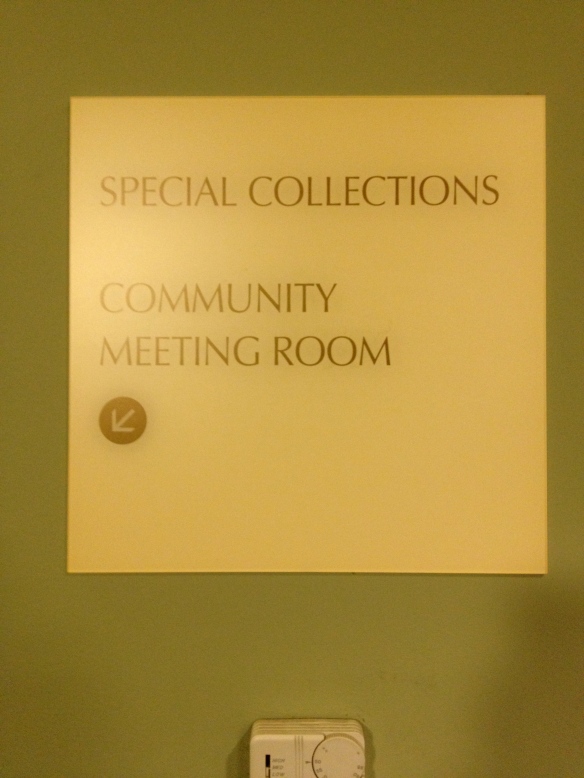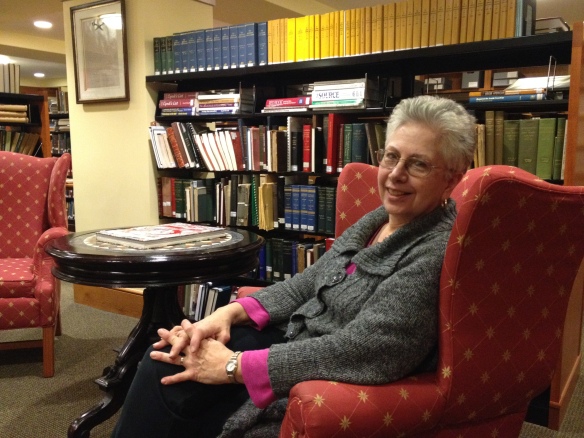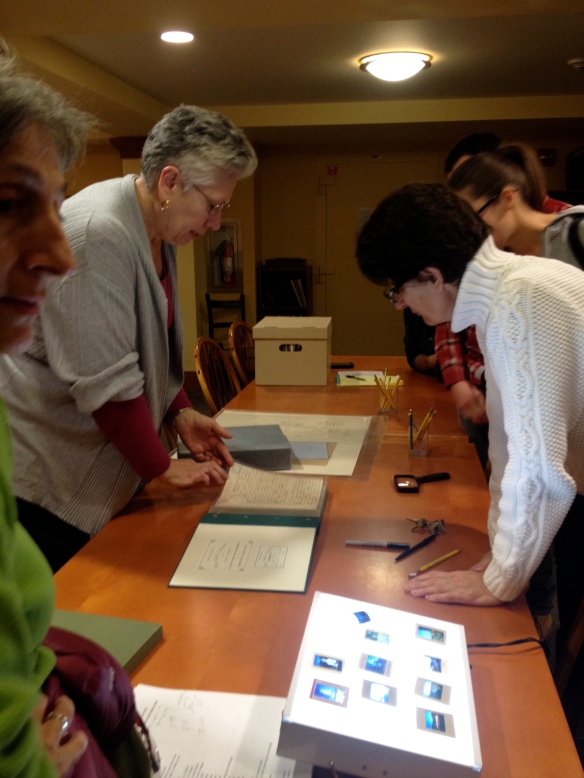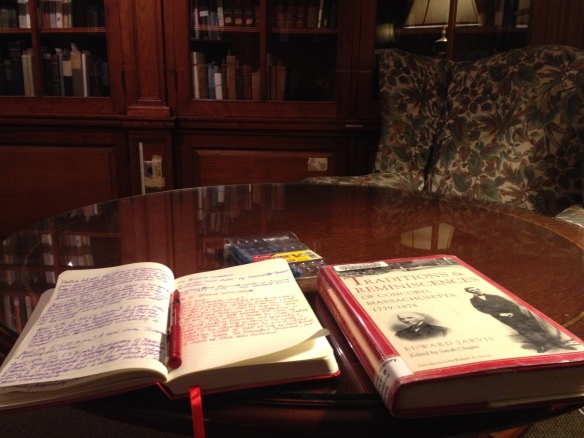CONCORD, MA — Dear Reader, Have you ever wondered where I get all those fun facts about the American Revolutionary War and details about Concord to put into my Alvin Ho books? Well, I come to Concord, of course. I open my eyes and ears. I talk to people. I ask questions. I take lots of notes in my writer’s notebook. Then I go to the local library to check out those facts and details to make sure that I got ’em right. And it works the other way around too. I’ll find something interesting in the library, then I’ll go out and look at it with my own eyes (Alcott’s house), feel it with my own hands (Henry’s gravestone), swim it with my own arms (Walden Pond), and walk on it with my own feet (Old North Bridge). When you’re an author, you have to do that. It’s important to describe things just as you see it, not as it’s described by someone else.
Since I’ve shown in you in previous posts how I do research in the field, I thought it would be fun to take you on my most recent trip to the Concord Free Public Library where I’ve spent a lot of time in the Special Collections room over the years. I was there for three days after Christmas this winter, looking for details for a new, not-Alvin book. And this is how it went.
First, I went to the library, which looks like this:  Right inside the front doors is an old engraved stone that tells you who built the library:
Right inside the front doors is an old engraved stone that tells you who built the library: And a newer engraved stone that tells you the same thing with a few extra details:
And a newer engraved stone that tells you the same thing with a few extra details: The main part of the library looks like this:
The main part of the library looks like this: Isn’t it grand?
Isn’t it grand?
The study alcove where I spent an evening after the Special Collections room closed: Very cozy!
Very cozy!
Here’s the reference room: Reminds me of the Atheneum in Boston.
Reminds me of the Atheneum in Boston.
And the children’s room: With lots of fun sketches on the walls from visiting author/illustrators.
With lots of fun sketches on the walls from visiting author/illustrators.
Here’s one from Grace Lin: Beautiful!
Beautiful!
But I digress.
Normally, when I come here, I see none of this. I use the side entrance and head straight to the basement to Special Collections. 
 To be admitted into Special Collections, you have to ring the buzzer. These double doors are locked. Because the contents inside are invaluable and irreplaceable, you have to look someone in the eye before they’ll let you in. You cannot look like an international manuscript thief. Or a chocolate smuggler.
To be admitted into Special Collections, you have to ring the buzzer. These double doors are locked. Because the contents inside are invaluable and irreplaceable, you have to look someone in the eye before they’ll let you in. You cannot look like an international manuscript thief. Or a chocolate smuggler.
Once inside, the curator, Leslie Perrin Wilson, warmly greets you and sits you in a chair: And asks what you’re looking for.
And asks what you’re looking for.
“Uh . . . um . . . oh . . . ah,” are not good answers.
“I’d like to see anything that was written about Concord’s bicentennial celebration in 1835,” is a pretty good answer. I also give her the names of two people whose lives intersected that year.
Immediately, Ms. Wilson gives me titles of books to read. And suggests the diary and letters written by a certain young woman who was the sister of one of the people I was asking after.
Then she asks me to sign her guest book on her welcome table below: Now she has my address and fingerprints, just in case.
Now she has my address and fingerprints, just in case.
Ms. Wilson is amazing. Her main job is to grow the collection. But she’s also a walking encyclopedia of Concord history.
Her transcription of and commentary on the diaries and correspondence of Martha Prescott are published here: Below, she’s showing Henry David Thoreau’s manuscript of his essay, “Walking,” to a group of visitors the next day:
Below, she’s showing Henry David Thoreau’s manuscript of his essay, “Walking,” to a group of visitors the next day: I had held this very manuscript in my own hands years before, and as I read Henry’s words formed by his own flowing hand, and touched the same delicate paper that he had held, I felt as though he were writing to me, and I began to cry.
I had held this very manuscript in my own hands years before, and as I read Henry’s words formed by his own flowing hand, and touched the same delicate paper that he had held, I felt as though he were writing to me, and I began to cry.
The pages are now enclosed in archival sleeves, Ms. Wilson explains to the group. “Because people used to come in here and cry over it.”
Oops.
I slip back into my corner to hide, I mean, work.
Here’s the manuscript to Ralph Waldo Emerson’s first public address, given at the town’s bicentennial in 1835: And here is what I was looking for and didn’t know it, until I found it:
And here is what I was looking for and didn’t know it, until I found it:  The school records for the public school in 1835, kept in an archival box. It lives in the large climate-controlled vault in the back with the Thoreau and Emerson manuscripts. The contents of this, as well as the famous manuscripts, cannot be duplicated and published without permission from the Collection. I can only show you the covers and the illegible view above.
The school records for the public school in 1835, kept in an archival box. It lives in the large climate-controlled vault in the back with the Thoreau and Emerson manuscripts. The contents of this, as well as the famous manuscripts, cannot be duplicated and published without permission from the Collection. I can only show you the covers and the illegible view above.
Though I could not photograph the contents, I could copy whatever I wanted into my writer’s notebook . . . as long as I used a PENCIL.  As you can see from the above photo, taken in the reading alcove where I had retreated after Special Collections had closed for the day, I was in the habit of using my pens. Then on the last day of my research, a gentleman spied me and firmly admonished in a loud voice, “Use PENCIL ONLY when handling manuscripts.”
As you can see from the above photo, taken in the reading alcove where I had retreated after Special Collections had closed for the day, I was in the habit of using my pens. Then on the last day of my research, a gentleman spied me and firmly admonished in a loud voice, “Use PENCIL ONLY when handling manuscripts.”
I froze.
I wanted to disappear.
He was absolutely right. An ink smudge on a rare manuscript alters it forever.
And so do tears.
How could I be so thoughtless???
So now you know. When you’re an author, you won’t embarrass yourself like I did, because you will know . . .
HOW TO HANDLE RARE MANUSCRIPTS
1. Don’t cry.
2. Don’t even think of it.
3. Use PENCIL ONLY.

Wow, that was fascinating. Enjoyed travelling through the library with you. 🙂 Very cool special collection room! Of course, LOVE the research…
LikeLike
Thanks, Debbie. Yes, Special Collections is an extraordinary place. Young readers should pay rapt attention to the library skills you’re teaching them now because they will come in handy!
LikeLike
Thanks for sharing the wonderful pictures…what a beautiful place to do your research! Just finished reading The World’s Strongest Librarian: A Memoir of Tourette’s, Faith, Strength, and the Power of Family by Josh Hanagarne. See http://worldsstrongestlibrarian.com/about/
It was such a good read for so many reasons, but his love and respect for libraries is so affirming. And, I absolutely loved his view of the career: “Like most librarians, I’m not well suited to anything else,” he writes. “As a breed, we’re the ultimate generalists. I’ll never know everything about anything, but I’ll know something about almost everything.” Hope you get a chance to discover this book.
LikeLike
Hi Andrea, thanks for stopping by, and for this wonderful recommendation. After your gift of Jamie Ford’s Hotel on the Corner of Bitter, I will read anything you suggest! THE WORLD’S STRONGEST LIBRARIAN looks amazing! I can’t wait to read it! Librarians are so inspiring. They know every life is a story and everyone has the potential to make theirs a masterpiece. Looks like this guy is doing just that. Wow.
LikeLike
Thank you for this post, which reminds me of one of my favorite places. Leslie Perrin Wilson is, indeed, a world-class librarian and archivist. She has introduced so many of us to the wonders of Concord’s history through Special Collections, which she has transformed over the course of her career at the Concord Free Public Library. For those who can’t visit in person, I highly recommend Leslie’s books, “In History’s Embrace” and “Historic Concord and the Lexington Fight.”
LikeLike
Hi Dianne, Thanks for letting me know you liked this post. Leslie is AMAZING!!! She’s been a HUGE help to me in my research of Concord’s history for events and characters for my character, Alvin Ho, to be scared of. So glad to know you’re a fan too!
LikeLike